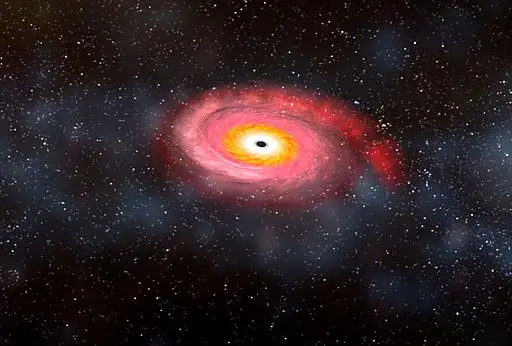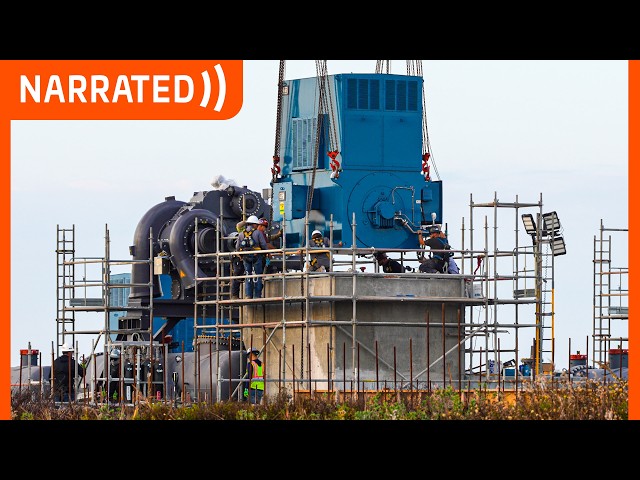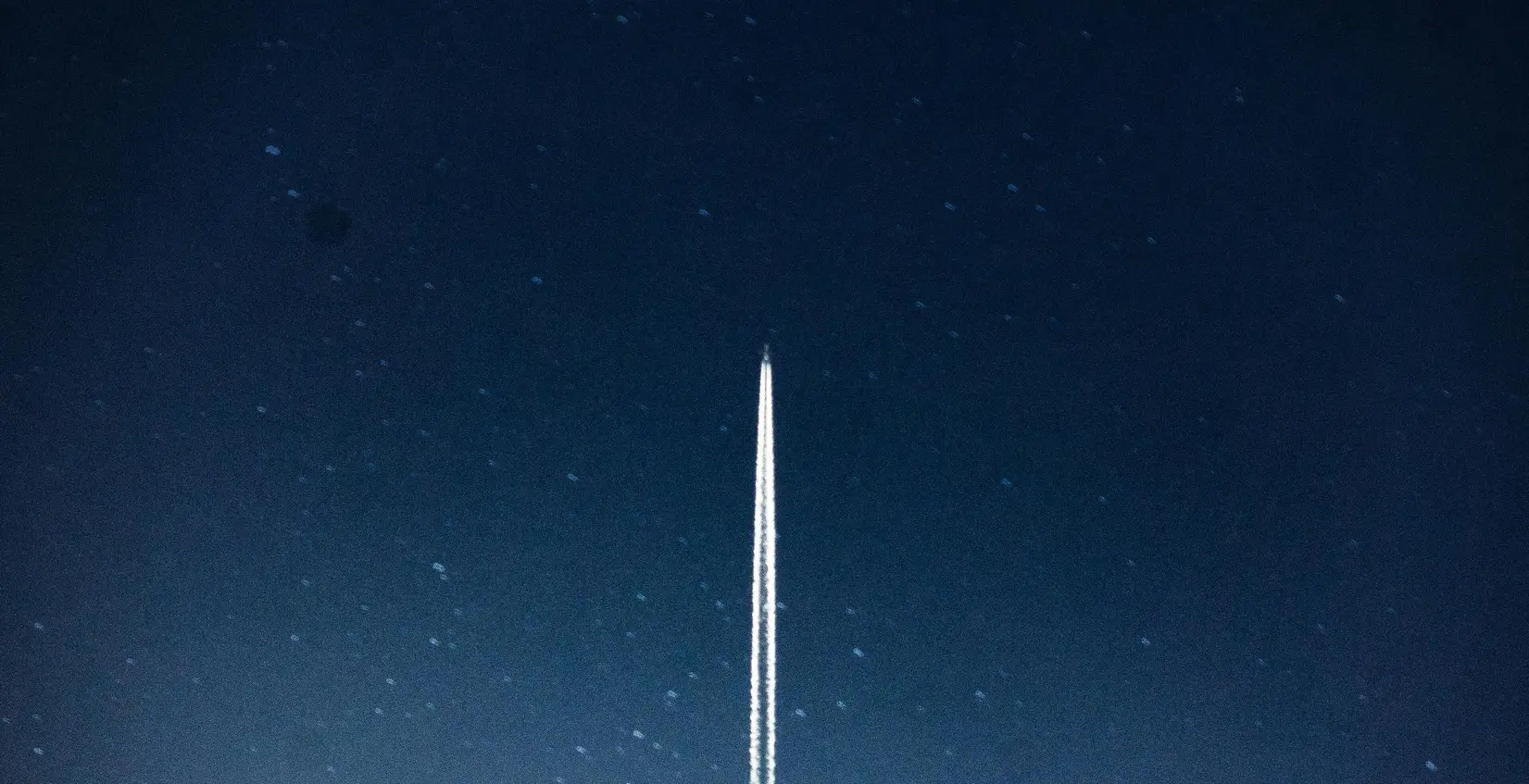The cosmos, with its vastness and complexity, has always been a subject of fascination for humanity. In the quest to unravel its mysteries, scientists and astronomers have relied on advanced technological marvels. Among these, NASA’s Chandra X-ray Observatory and James Webb Space Telescope stand out as pioneers in exploring the depths of space. Their collaborative efforts have yielded groundbreaking discoveries, shedding light on some of the universe’s most enigmatic phenomena.
One of the most remarkable achievements of this collaboration is the discovery of a growing black hole a mere 470 million years after the Big Bang. Led by Akos Bogdan from the Center for Astrophysics | Harvard & Smithsonian (CfA), the research team utilized data from both Chandra and Webb to make this groundbreaking observation. Webb’s ability to detect extremely distant galaxies and Chandra’s prowess in locating supermassive black holes were instrumental in this feat.
Gravitational lensing, a phenomenon predicted by Einstein’s theory of general relativity, played a crucial role in this discovery. By bending and amplifying light from distant objects, gravitational lenses act as cosmic magnifying glasses, allowing astronomers to observe celestial bodies that would otherwise remain hidden. In the case of the detected black hole, the gravitational lensing effect enhanced the signals captured by Webb and Chandra, unveiling the presence of this cosmic behemoth.
The newfound black hole, residing in a galaxy named UHZ1, challenges existing theories of black hole formation. With a mass estimated to be between 10 and 100 million Suns, this massive entity defies conventional wisdom. Its existence raises questions about the origins of supermassive black holes—are they born directly from the collapse of massive gas clouds or result from the explosions of early stars? The observations made possible by Chandra and Webb provide tantalizing clues, offering a glimpse into the mechanisms shaping the early universe.
Beyond the realm of black holes, the collaborative efforts of Chandra and Webb have broader implications for our understanding of cosmic evolution. By studying distant galaxies and their cosmic environments, astronomers can piece together the intricate narrative of the universe’s history. From the formation of the first stars to the emergence of galaxies and the evolution of cosmic structures, each observation adds another layer to our cosmic tapestry.
As we stand on the threshold of a new era in space exploration, the capabilities of instruments like Chandra and Webb continue to expand our horizons. With upcoming missions and technological advancements, we can expect even greater discoveries on the horizon. From probing the mysteries of dark matter and dark energy to unraveling the secrets of exoplanets and beyond, the journey of cosmic exploration promises to be an exhilarating one.
The collaborative efforts of NASA’s Chandra X-ray Observatory and James Webb Space Telescope represent a testament to human ingenuity and curiosity. By harnessing the power of cutting-edge technology, astronomers are pushing the boundaries of our cosmic knowledge, inching closer to unraveling the secrets of the universe. As we continue to gaze into the depths of space, each discovery serves as a reminder of the awe-inspiring beauty and complexity of the cosmos that surrounds us.









